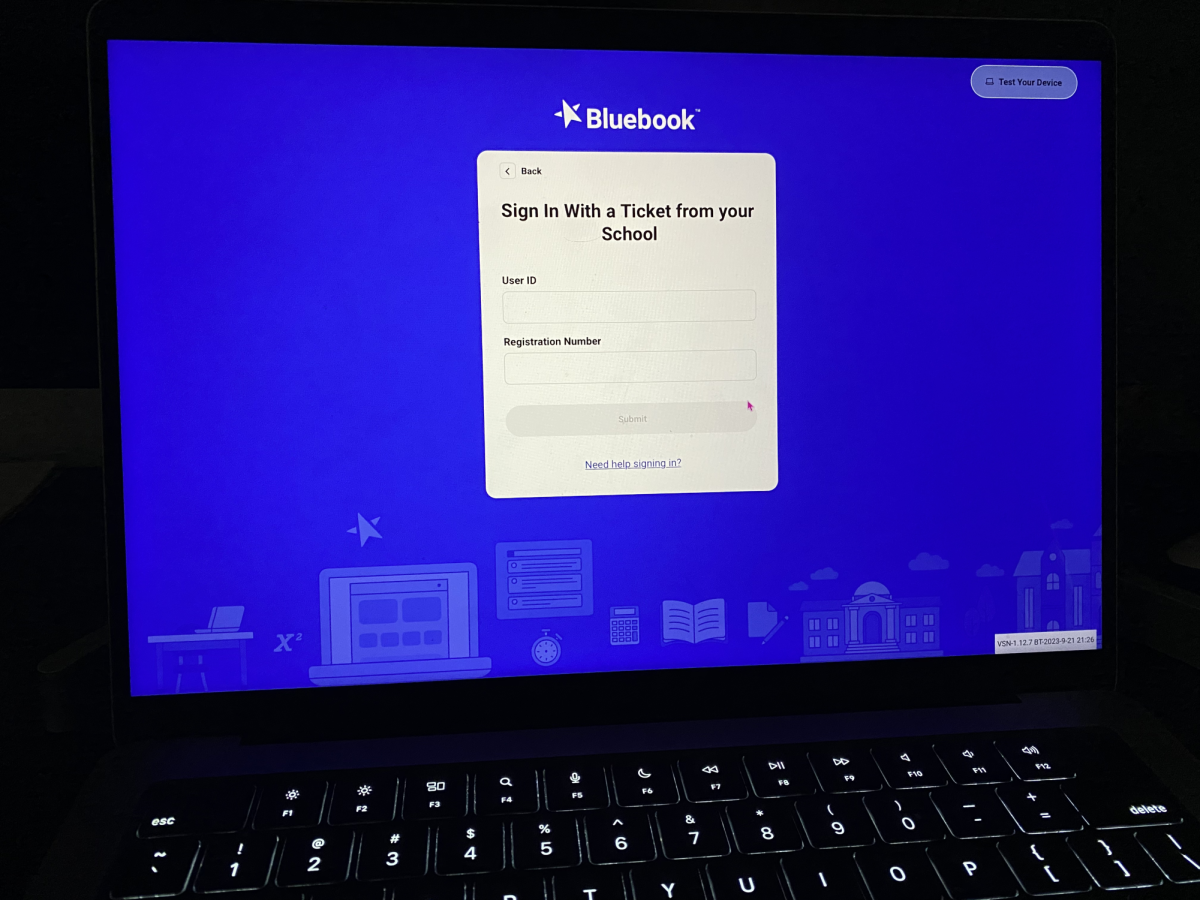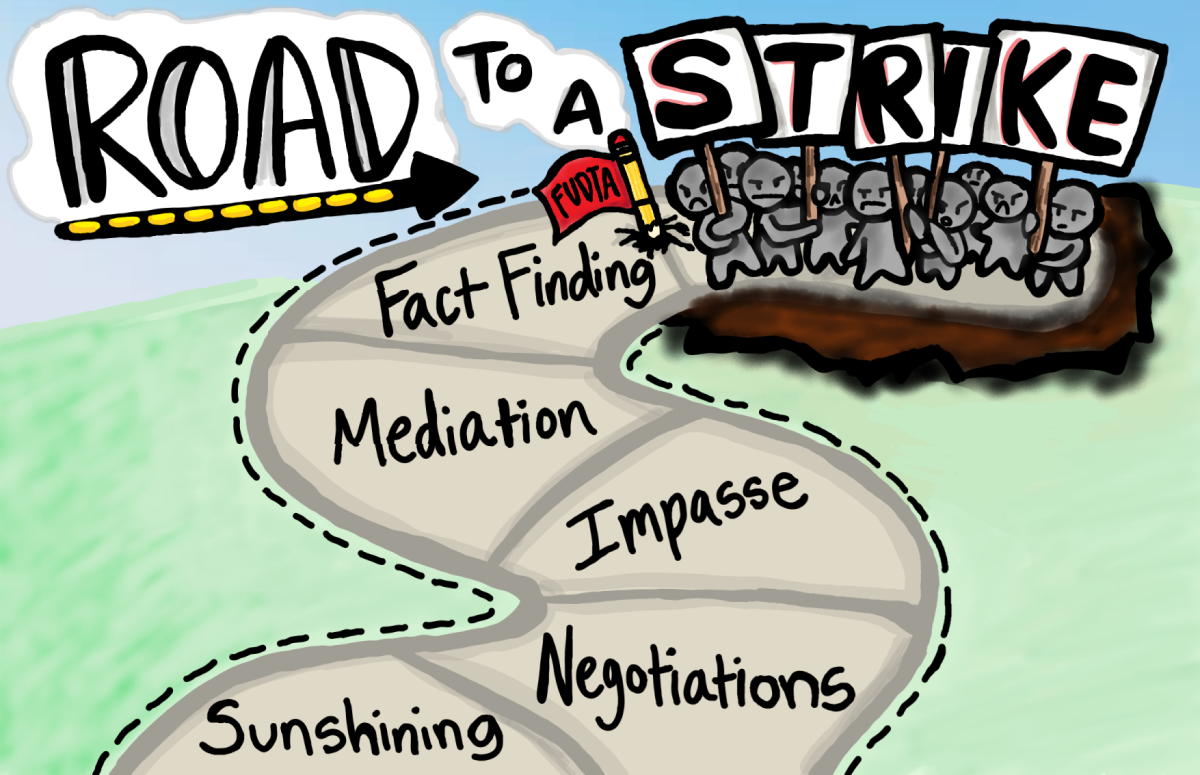College Board has introduced a new digital version of the PSAT for 2023, following the previous announcement of the transition to a digital SAT beginning in 2024. This new version of the PSAT also includes changes to the sections, which are now known as modules, as well as introduces a new adaptive testing feature.
The new PSAT uses College Board’s digital testing app, Bluebook, allowing students to log with their school-provided user ID and registration number, and Maya Bhimani (11), comments, “It didn’t take too long to log in, and it was a lot easier for everyone to start than the paper test”. Proctors are also given clearer instructions as to how to help students get the test started, as Ms. Buehler, AP U.S. History teacher, says, “it’s more clear screen to screen, but for the booklet we had [in previous years] had so much more text and so many pages.” Furthermore, she continues by commenting, “there are still a lot of steps in setting up the exam, which kind of felt overwhelming.”
New digital testing will always come with technical difficulties, but they are easy to manage and Bluebook is considered to be user-friendly. In case a student does have a technical difficulty, the platform saves their progress, so “all they had to do was log back in, and it didn’t affect their testing overall,” explains Ms. Buehler.
The test is also broken down into 2 sections with 2 modules each. There are two modules for Reading/Writing, and two modules for Math, in both of which the student is allowed a calculator. The new testing format also caused disruptions in testing, as Anandika Carthikeyan (11), says, “ the new format was really unfamiliar. For me, since I had just taken the paper SAT, transitioning to the digital PSAT was abrupt.”
The biggest change to the testing format is the new adaptive testing. The new PSAT adjusts the complexity of its questions based on how the student scored on the previous module. Correct answers on the first module prompt a more challenging second module, while incorrect responses lead to an easier one.
The digital format has streamlined the PSAT by reducing testing time by 30 minutes. There are fewer questions in each module, and the test questions are more direct and focused. For example, in the Reading/Writing modules, rather than a long passage with around 10 questions related to the passage, there is a short passage for each question. Bhimani comments, “the shorter passages made them easier to comprehend and answer.”
The new digital format still has its downside, such as students not being able to focus as well because it was taken on a computer. Carthikeyan elaborates, saying, “On the paper PSAT you were able to do your scratch work or write annotations right next to the question, but for the digital version, you have to look up and down [from the screen], which makes you lose focus.”












